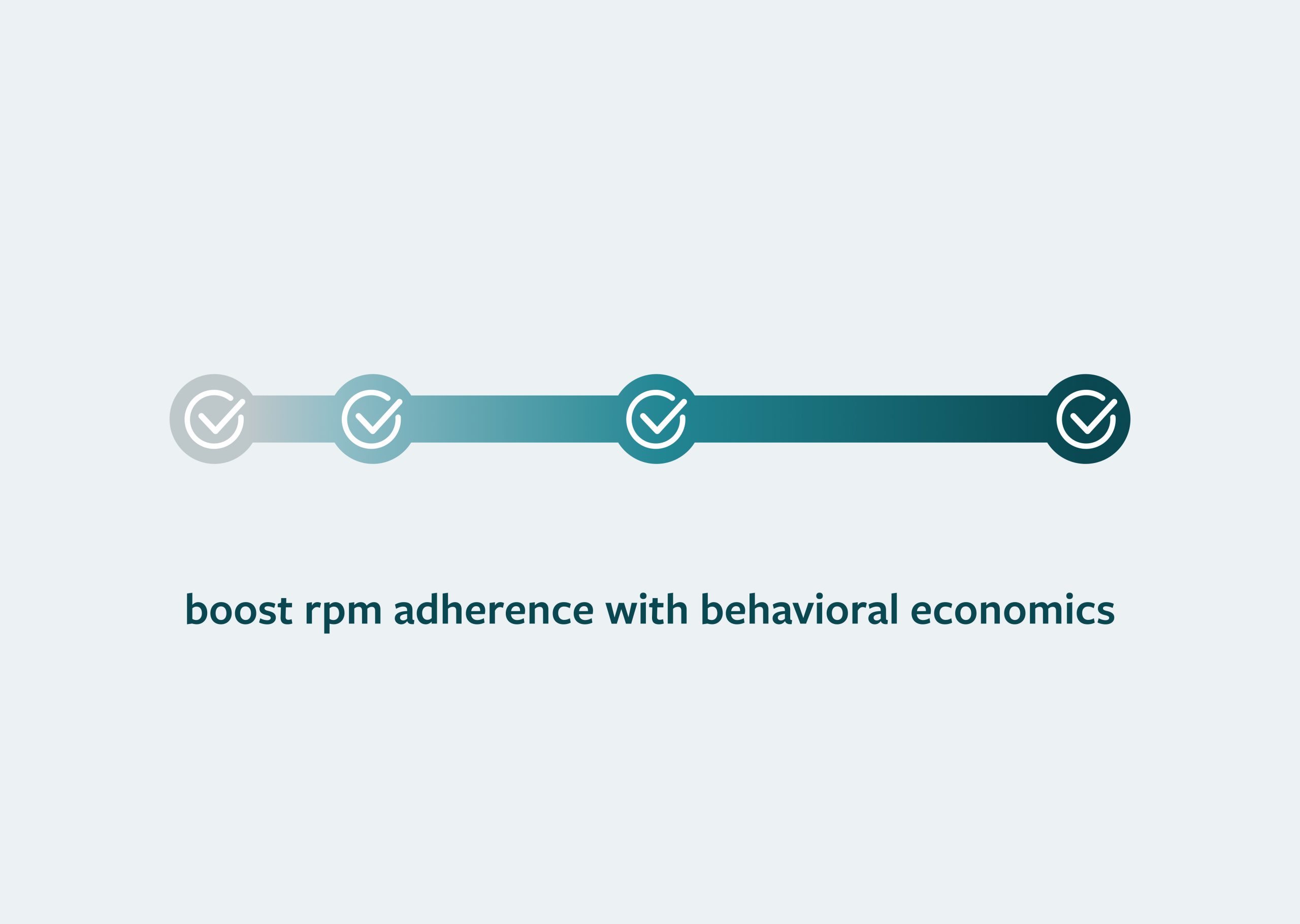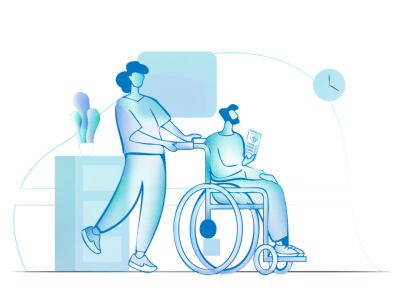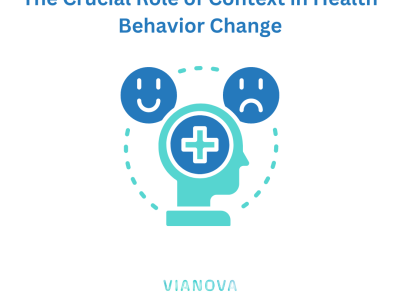
Nudging Heart Health: Using Behavioral Economics to Boost RPM Adherence
In our journey through the intersection of behavioral economics and cardiology, we have established that understanding patient behavior is paramount for the success of Remote Patient Monitoring (RPM) programs. The next logical step is to explore the power of behavioral nudges and how they can significantly impact patient engagement in RPM, ultimately leading to better cardiac health outcomes.
The Nudge: A Gentle Push Towards Better Health
A “nudge” in the realm of behavioral economics is a subtle modification in the environment or presentation of choices that influences people’s behavior in predictable ways. Nudges are not mandates or restrictions but gentle pushes in the right direction. Here’s how they can be applied to boost RPM adherence in cardiology:
1. Defaults: Setting the Right Path
Defaults are powerful. In the context of RPM, this means that when a patient first enrolls in a monitoring program, the default option should be set to participation. This way, patients actively have to opt out if they don’t want to engage in monitoring. Defaulting to participation leverages the human tendency to stick with the status quo, boosting adherence.
2. Social Norms: Harnessing the Power of Peer Influence
As social beings, humans are highly influenced by the behavior of those around them. RPM platforms can incorporate features that allow patients to see how their monitoring and adherence compare to peers. This comparison can motivate patients to stay on track, as no one wants to be left behind.
3. Incentives: Rewarding the Right Choices
Incorporating incentives can be a game-changer for RPM programs. These incentives can be financial, such as discounts on health insurance premiums or bonuses for meeting certain monitoring targets. Alternatively, non-financial incentives, like access to exclusive health resources or recognition within the patient community, can also be highly motivating.
4. Feedback and Gamification: Turning Health into a Game
Feedback mechanisms are essential in RPM, and they can be designed with gamification elements. Patients can earn points, badges, or rewards for achieving specific health goals or consistently adhering to their monitoring plans. The element of competition and achievement can make the monitoring process more engaging.
5. Reminders and Alerts: Keeping Patients on Track
Simple reminders and alerts can go a long way in boosting adherence. RPM platforms can send notifications to patients’ devices, reminding them to take their measurements, review their data, or schedule follow-up appointments. These gentle reminders keep health in the forefront of patients’ minds.
The Personal Touch: Tailoring Nudges to Patients
One of the most significant advantages of RPM is its ability to personalize care. Behavioral economics nudges can be personalized to suit individual patient preferences and tendencies. Some patients might respond better to social comparisons, while others might be more motivated by financial incentives or gamified elements. Understanding each patient’s unique behavioral triggers is essential in tailoring nudges for the best results.
By integrating these behavioral economics concepts into your cardiology RPM program, you can gently nudge patients toward better heart health. The beauty of nudging is that it respects individual autonomy while subtly guiding patients in the right direction. In the next article, we’ll delve deeper into the power of feedback in remote cardiology monitoring and explore how it can be used as a powerful nudge to enhance patient engagement and adherence. Stay tuned for more insights into the fascinating world of behavioral economics and cardiac health.



FEEL FREE TO DROP US A LINE.